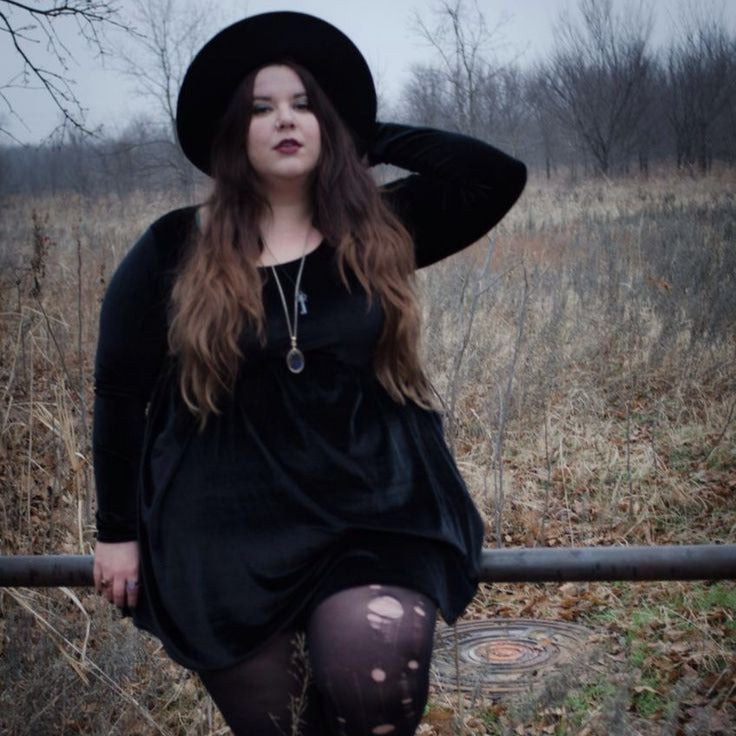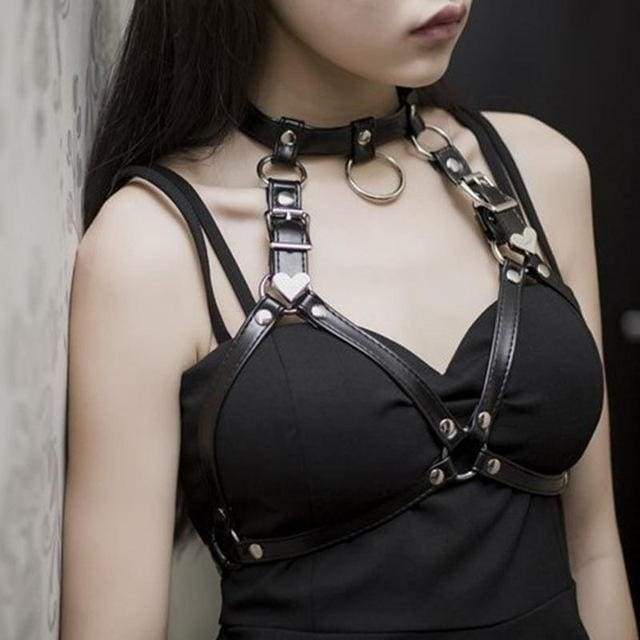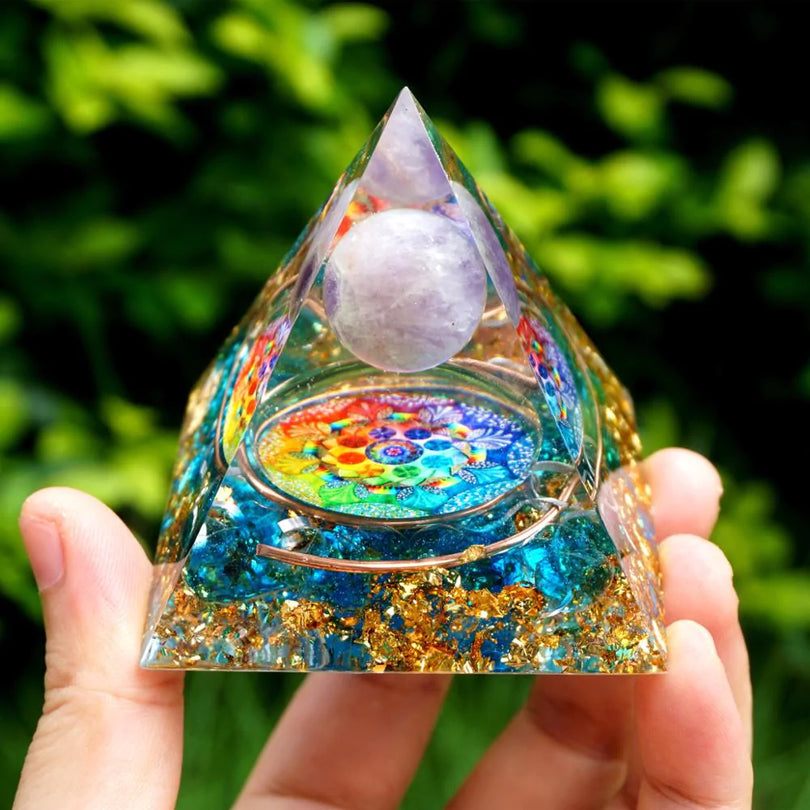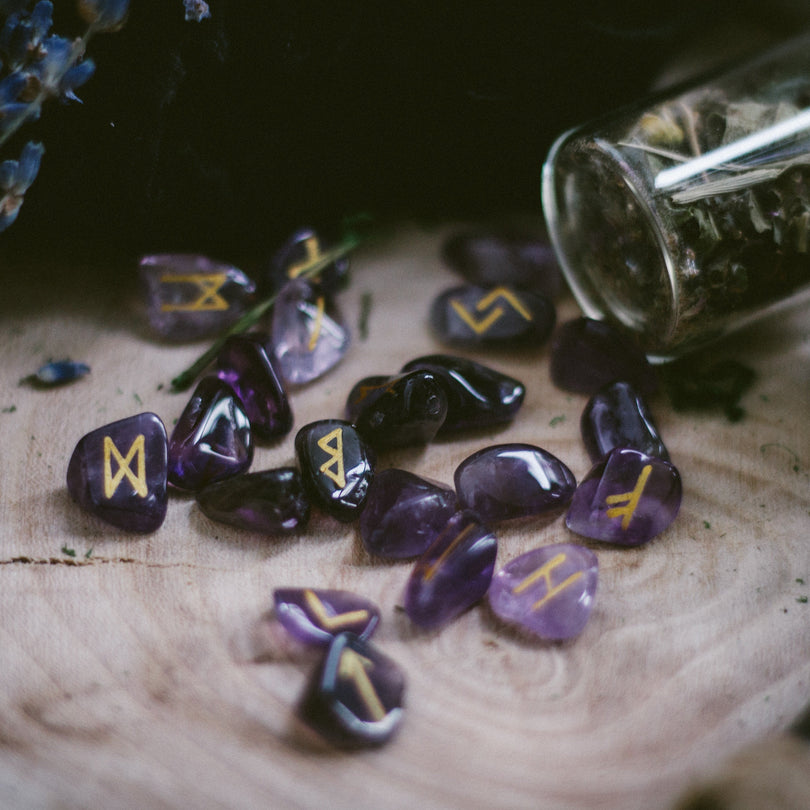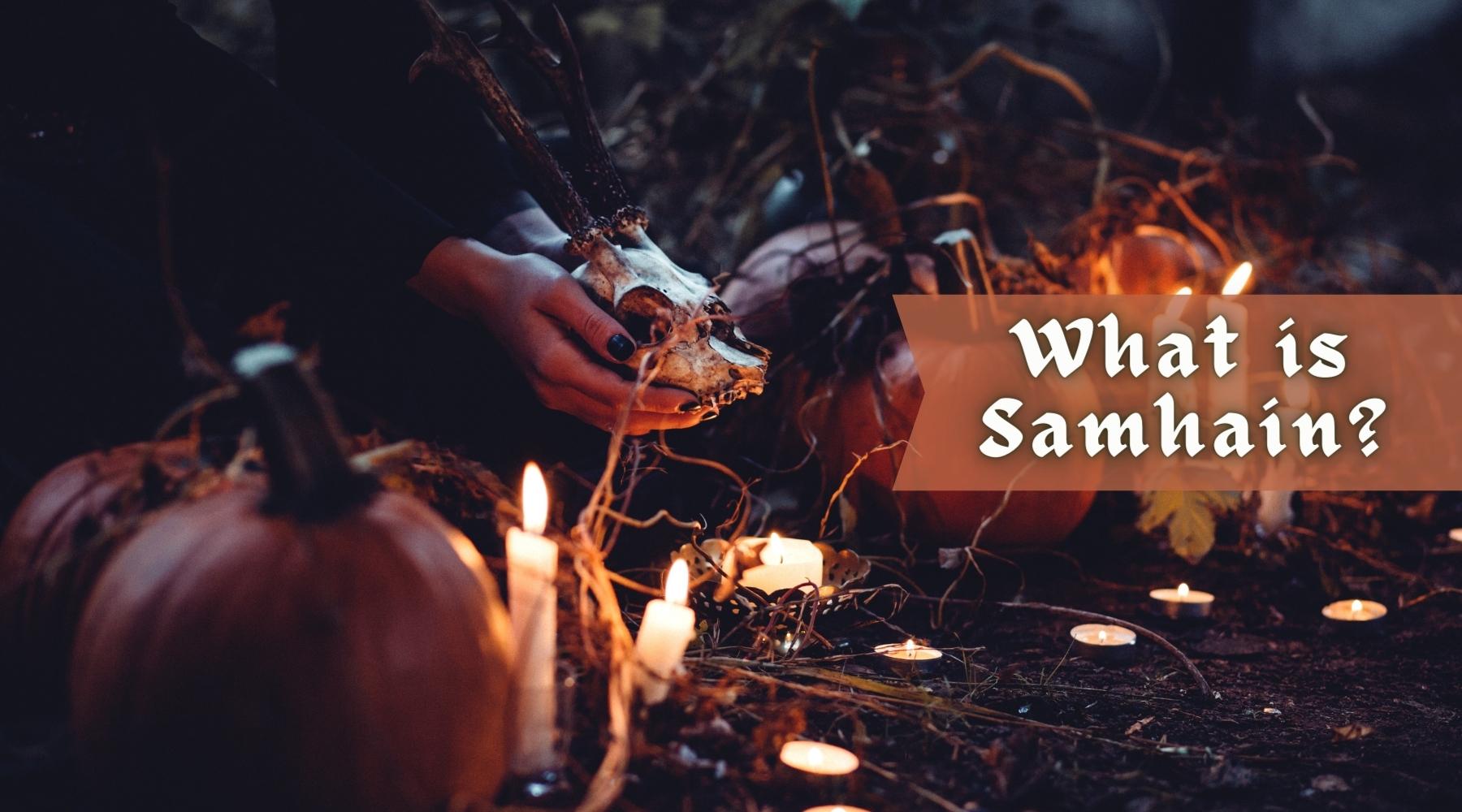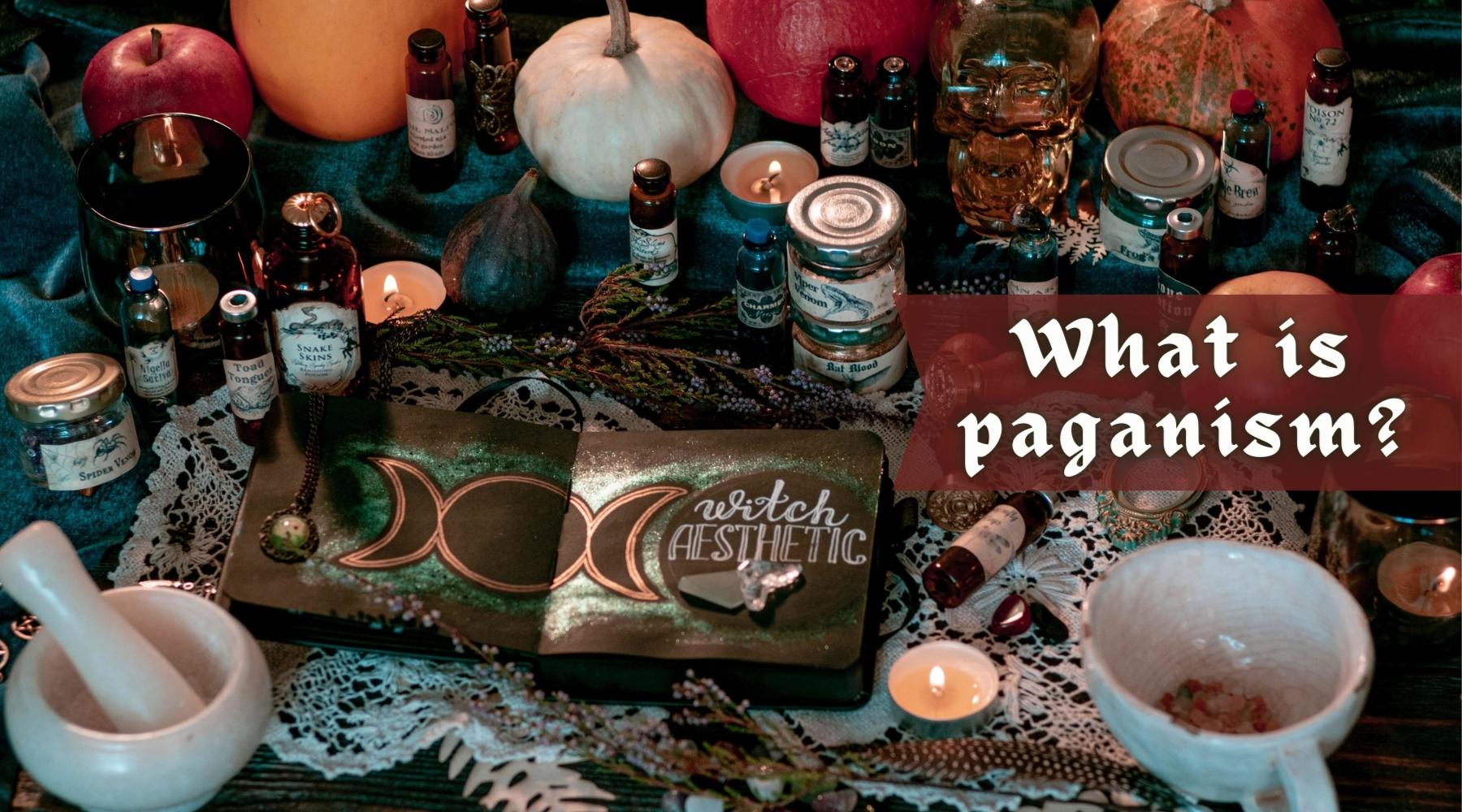A Complete Guide To Tarot Cards
If you find yourself drawn to the idea of Tarot, you may have questions about how Tarot cards work and how exactly you should be using them. We’ll try and answer those questions in this post.
How do Tarot Cards Work?
We’ve provided a brief history of the Tarot cards at the end of the post, but what is important to note here is that they aren’t magical. They are a tool that can help you access your intuition or your connection with the spiritual realm.
The general idea is that we know more than we realize. Our senses are constantly collecting data from both the material and the spiritual planes. But our conscious minds can’t understand all that data, so our conscious minds receive only a small and simplified portion of that information.
Sometimes our subconscious mind will send up some more data when we really need it. This usually manifests as something like a gut feeling: we know something, but we don’t understand how we know it.
Tarot cards are one tool that can help us actively tap into our subconscious data bank and ask for answers to specific questions. Some people believe that when you are using Tarot, you are just accessing your intuition, while others believe that your subconscious mind is also better able to communicate with the spiritual realm, so you are also drawing on information that it chooses to share with you.
Tarot works because you can shut off your conscious mind and, with your hands, let your subconscious mind pull out cards that contain the information that you need to know. The set meanings of the cards and their imagery are something that we have been developing collectively as a culture for centuries, which is why they carry universal meanings. But interpreting that meaning for your specific context relies on your intuition.
How To Use Tarot Cards?
That may be how Tarot cards work, but how do you use them?
Prepare Yourself
The first thing to do is to prepare yourself to access your intuition. To do this, you need to quiet your conscious mind, which tends to spend a lot of time screaming information inside your head. You need to quiet that voice to give your subconscious voice more space to be heard.
One of the best ways to do that is to develop a meditation practice. There are many different ways to meditate, but the core principle of meditation is to learn to quiet your conscious mind, putting conscious thoughts aside as they pop up.
Meditating directly before a Tarot reading can be useful, but also, just having a meditation practice makes it easier for you to quiet your conscious mind whenever you need to.
Connect with your Cards
You need to feel connected with your cards for your intuition to be able to tap into their meaning. So, it is worth taking time to find a Tarot deck with themes and iconography that speak to you (find our collection here), and then you should spend time with your deck before you start doing readings.
You should spend time physically with your cards, holding them, shuffling them, and playing with them, so that they feel natural in your hands. You should also spend time reviewing their meanings. For most people, this will mean reading the guidebook with descriptions, probably several times, but also looking at each card, looking at the imagery, and deciding on a personal level what it means to you.
While there is nothing wrong with consulting the book when doing a reading, you also want to work those meanings into your subconscious mind.
Learn How to Ask Questions
You don’t always have to have a question in mind when doing a Tarot reading, but it does help focus your reading. It also helps to know how to ask questions. Too often, people want yes or no answers, but life’s possibilities are infinite. It is also a good idea to remember that you have agency in life and that it is your actions, decision, and attitudes that have the biggest impact on your life. Questions are often best oriented towards that agency.
For example, “will my boyfriend propose to me?” is a bad question. Which boyfriend? When? Will things work out if he proposes? And so on. A better question might be, “how can I ensure that I have lasting and strong relationships in my life?” This question is open-ended and can reveal insight into why you might struggle with long-term romantic relationships or identify problems in your existing relationship which are stopping it from moving forward.
These questions not only give broader insights, but the answers are also better able to point you towards things you can do to move towards what you want. That is much more useful than a simple “no”.
Cast Your Cards
When you are ready, and you have your question in mind, it is time to turn to your cards.
There are different ways to cast your cards, both in terms of how you deal them and how you choose them. When it comes to choosing, you may spend some time shuffling the deck with your question in mind, and when you feel happy that the deck is on your side, deal from the top. Rather than dealing from the top, you might choose to spread the deck blind and then choose a card that is calling to you. You need to experiment to see what feels best.
There are many different card arrangements that are useful for different situations, and there are lots of experienced Tarot readers out there who share their favorite approaches. If you are just starting out, it is best to go with something simple, like a three-card spread, rather than jumping in with an elaborate 15-card deal.
Below are my three favorite spreads.
One Card Draw
Although one card doesn’t really classify as a spread, when I just want some guidance for the day, I’ll often draw just one card. I’ll ask the deck to show me the most important energies that are going to be influencing me in the coming hours. It could be things that I am subconsciously feeling or things that I will encounter and will need to deal with.
Three Card Spread
When I have a question about a specific situation, I’ll do a three-card spread, just laying the cards out in a simple line. I’ll hold my question in mind and ask the first card to show me the underlying cause of the challenge that I am facing. I’ll ask the second card to show me the reality of the situation that I am in, which is not always clear to our conscious mind. I’ll ask the third card to indicate things I could do to get me towards the outcome that I desire.
Five Card Spread
If I want to give myself a mini-full reading, I’ll go for a five-card spread. I’ll start with three cards in a simple line to give me a summary of the most important aspects of my life at this moment. I’ll ask the first card to show me something from my past, the second something from the present, and the third something from the near future that will be an outcome of things that are happening now.
I will then place one card above the line and one card below the line. The card above the line is to indicate the main forces that are influencing where I am in the present. I’ll ask the card below the line to suggest what I could be doing to move toward what I want.
Where do Tarot Cards come from?
Are you interested in the history of Tarot cards? Here’s a (very) short summary.
Playing cards were probably invented in China in the 9th century. Like many other things, they were exported along the Silk Road and soon made their way to North Africa, where they were popular and became known as Malmuk cards after a favored game.
Muslim soldiers brought the cards to Europe around 1300. They quickly became popular in Italy, where the Italians designed their own version of the cards known as the Carte de Trionfe. This deck features the standardized cards of the Minor Arcana and the elaborately designed Major Arcana. These cards were often used for a game known as Tarocchi Appropriati, which involved drawing cards randomly and then making up a story for another person based on those cards. These stories were called sortes, which means “destinies”.
The practice of using the cards for divination seems to have emerged not long after. A treatise Le Sorte on the practice by Marolino was published in 1540. By 1700, the Major Arcana started to have the fixed meanings that we recognize today.
The term Tarot was coined in France in the 18th century when the cards became very popular with occultists. Antoine Court de Geblin wrote a treatise about the Tarot in 1781 and linked the practice with ancient Egyptian priests. He made the now-famous Marseille deck. Not long after, the occultist Jean-Baptiste Alliette claimed that the cards are mentioned in the Book of Thoth and designed his own Thoth Tarot deck. Another French occultist, Elphias Levi, linked the cards with the Kaballah and made yet another deck.
The English occultist Samuel Liddel MacGregor Mathers, who was also active in the Hermetic Order of the Golden Dawn, became interested in the cards through Levi. He designed his own set based on Levi’s. His redesign work was continued in the early 20th century by other members of the order, in particular Arthur Waite and illustrator Pamela Coleman Smith. Together they made the Rider-Waite deck, which is the most popular deck today and the one referenced in most general guides to Tarot. It has not been out of print since 1909, despite the original artwork being lost. Prior to this deck, Minor Arcana cards looked like standard playing cards. It wasthis deck that created individual iconography for each Minor Arcana card.
Since then, hundreds of different Tarot decks have been designed and printed. But most will represent the same key elements established by the Rider-Waite deck, reimagined within different artistic styles and themes.


